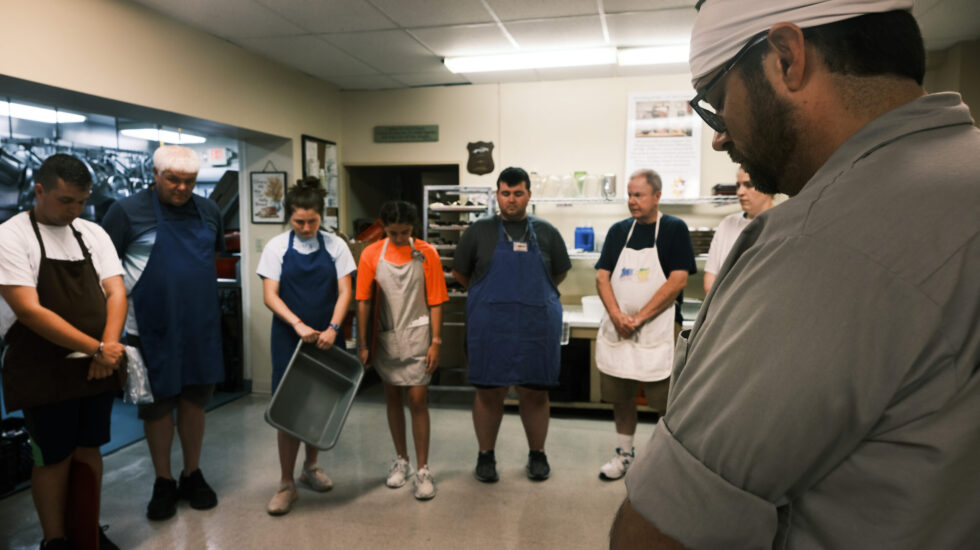One hundred thousand Americans died of drug overdoses from April 2020 to April 2021, the largest 12-month figure in history. Opioids accounted for more than three quarters of the fatalities.
According to government data released Wednesday, that’s a 28.5% increase from the same period the year before, indicating that the growing popularity of fentanyl contributed to an average of 275 overdoses every day.
Drug deaths have more than doubled since 2015. They are now more common than gun and car accident fatalities combined.
The New York Times reports:
The rise in deaths — the vast majority caused by synthetic opioids — was fueled by widespread use of fentanyl, a fast-acting drug that is 100 times more powerful than morphine. Increasingly fentanyl is added surreptitiously to other illegally manufactured drugs to enhance their potency.
“Many people are dying without knowing what they are ingesting,” Dr. Nora Volkow, director of the National Institute on Drug Abuse, told The Times.
The Wall Street Journal adds:
The pandemic intensified opioid problems in many ways, from increasing isolation among people trying to maintain their sobriety to complicating treatment, according to advocates for drug users and those in recovery. The pandemic has also been a major draw on resources and attention for public health authorities, who are still trying to manage Covid-19.
Bootleg versions of fentanyl are often made by drug cartels in Mexico with chemicals from China, according to the Drug Enforcement Administration. While fentanyl hit hard in places like New England, Appalachian and Midwest states several years ago, the drug is a fast-growing problem in western parts of the U.S. now, too. The DEA recently warned of a proliferation in fake pills containing fentanyl.
“Two forces here are the negative economic impact of the pandemic as well as the emotional impact,” Dr. Paul Christo, associate professor of anesthesiology and critical care at Johns Hopkins University School of Medicine, told USA TODAY. “That led a lot of people to use drugs of abuse to cope.”
“Obviously, if we don’t get a handle on it, we’re going to continue to have increasing deaths, and we’ve now already reached this grim milestone of 100,000. There’s nothing special about it other than we’re moving into six digits instead of five, and that’s a lot of people dying,” said Bob Anderson, chief of the mortality statistics branch of National Center for Health Statistics, to NBC News. “Hopefully these statistics can galvanize action from public health programs and prevention.”
In September, CNN outlined several steps the Biden administration has take to combat the opioid crisis:
Experts lauded efforts to exempt health care providers from certification requirements to be able to prescribe buprenorphine — a drug used in combination with behavioral therapy to treat opioid use disorder.
The administration has also lifted a moratorium on a mobile component to opioid treatment programs, making it easier to get treatment to more isolated communities. And experts underscored the significance of the nearly $4 billion in funding made available through the American Rescue Plan to expand access to mental health and substance use disorder services, which included $30 million toward harm reduction services.



